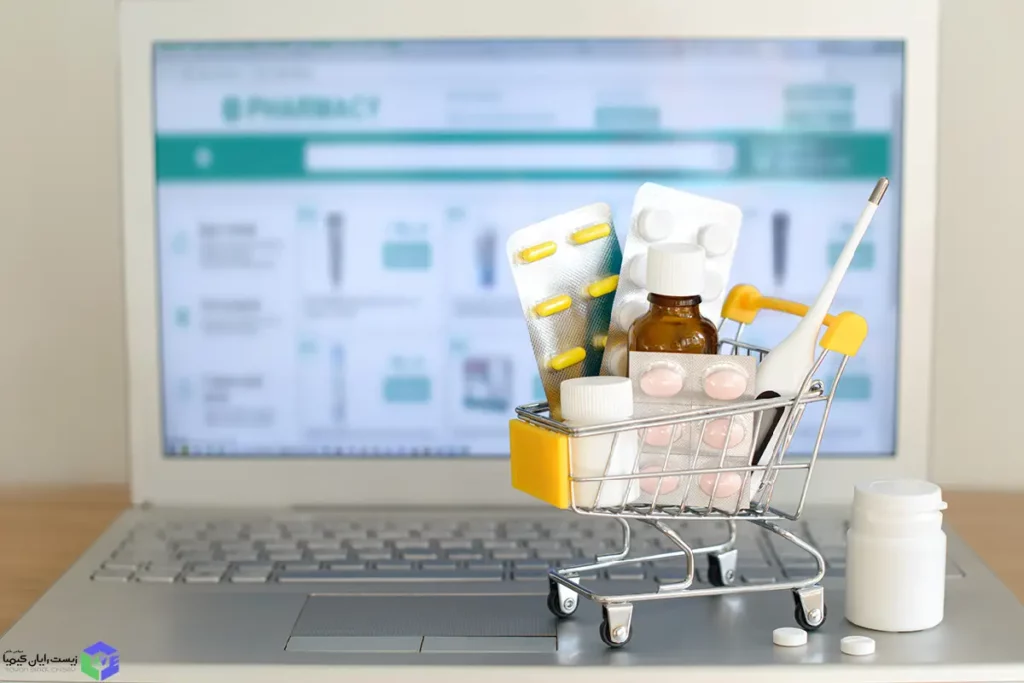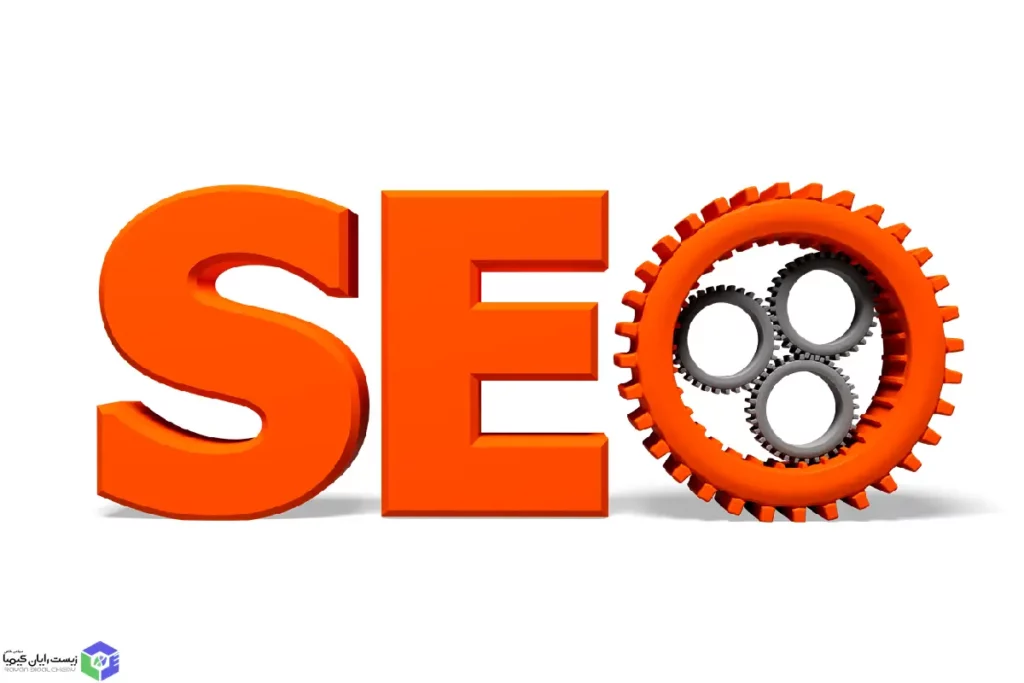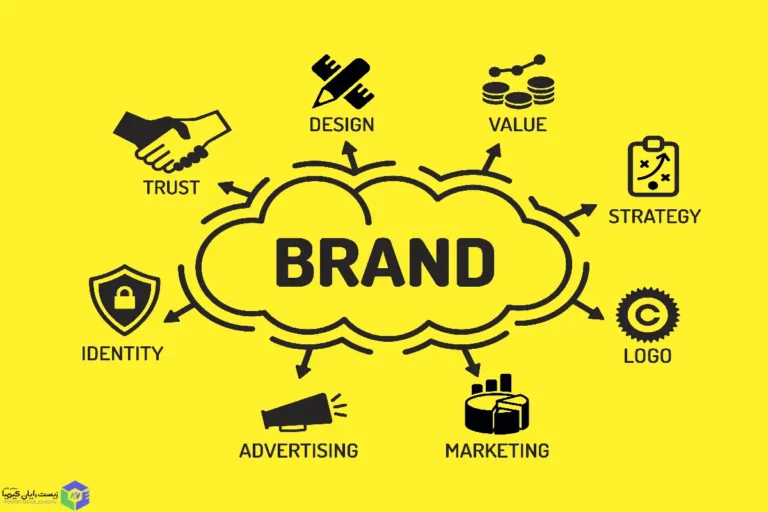داروخانهها به عنوان مراکز ارائه خدمات بهداشتی و درمانی در جامعه اهمیت بسیاری دارند. در نتیجه در دنیای رقابتی امروز، تبلیغات و بازاریابی داروخانهها بسیار حیاتی است. از طریق استفاده از راهکارهای تبلیغاتی مناسب، داروخانهها میتوانند برند خود را تبلیغ کنند، مشتریان جدید جذب کنند و فروش محصولات خود را افزایش دهند. در این مقاله، به بررسی انواع راهکارهای تبلیغاتی و بازاریابی در داروخانهها میپردازیم.
۱. توسعه وبسایت داروخانه

یکی از اولین قدمها برای تبلیغات و بازاریابی موثر در داروخانه، توسعه یک وبسایت حرفهای است. این وبسایت باید دارای طراحی رسپانسیو باشد تا به درستی در تمام دستگاهها نمایش داده شود. همچنین، اطلاعات کاملی از جمله آدرس، شماره تلفن و ساعات کار داروخانه باید در سایت قرار داده شود. ارائه محتوای مرتبط مانند راهنمای بهداشتی، اخبار بهروز و مقالات مفید نیز میتواند مزیتی بزرگ برای داروخانهها باشد.
۲. بهروزرسانی محتوا و نشر محتوای ارزشمند در بازاریابی داروخانهها
برای جلب توجه مخاطبان و جذب مشتریان جدید، منتشر کردن محتوای ارزشمند امری بسیار مهم است. این محتوا میتواند شامل راهنمای بهداشتی، مقالات تخصصی درباره بیماریها و روشهای درمانی، و اخبار بهروز در حوزه سلامتی باشد. همچنین، بهروزرسانی مداوم محتوا بر روی وبسایت داروخانه و اشتراک آن در شبکههای اجتماعی نقش مهمی در جلب مخاطبان دارد.
۳. استفاده از تبلیغات پرداختشده در شبکههای اجتماعی برای بازاریابی داروخانهها
استفاده از شبکههای اجتماعی از بهترین روشهای تبلیغات و بازاریابی داروخانهها و مراکز پزشکی می باشد. شبکههای اجتماعی به عنوان یکی از ابزارهای قوی تبلیغاتی در دنیای امروز شناخته میشوند. با استفاده از تبلیغات پرداختشده در این شبکهها، داروخانهها میتوانند به دقت به تارگتهای خود نیز برسند و تبلیغات خود را در معرض دید همه قرار دهند. با تنظیم هدفهای دقیق و محتوای جذاب، تبلیغات در شبکههای اجتماعی میتواند به نتایج بسیار خوبی منجر شود.
۴. ارتقاء SEO سایت

سئو (SEO) یکی از مهمترین عوامل برای بهبود رتبه و نمایش سایت داروخانه در موتورهای جستجو است. با بهبود کلمات کلیدی مرتبط با صنعت داروخانه و بهرهگیری از فنون SEO، میتوان ترافیک سایت را افزایش داده و در نتیجه فروش محصولات داروخانه را نیز افزایش داد.
۵. همکاری با اطبا و متخصصان بهداشتی
برقراری ارتباط و همکاری با اطبا و متخصصان بهداشتی میتواند به داروخانه کمک زیادی کند. این همکاری میتواند شامل ارسال مطالب تخصصی توسط اطبا به وبسایت داروخانه، تبلیغ محصولات داروخانه در مطبها و حتی نشر مقالات مشترک با اطبا و متخصصان بهداشتی باشد. این اقدامات همچنین میتوانند به اعتبار و شهرت داروخانه کمک کنند.
نتیجهگیری
با توجه به رشد روزافزون صنعت داروخانه و رقابت شدید در این حوزه، تبلیغات و بازاریابی درست و هوشمندانه امری ضروری است. با استفاده از راهکارهای تبلیغاتی مناسب، میتوان داروخانه را از رقبا ممتاز کرده، مشتریان جدید جذب کرده و در نهایت فروش محصولات را افزایش داد. توجه به بهبود سئو و ارتقاء محتوا نیز به داروخانهها کمک میکند تا در جستجوهای مرتبط با علایق هدف خود نیز پیدا شوند و رشد پایداری را تجربه کنند.



